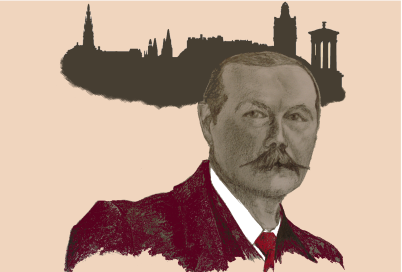editor of A Study in Scarlet and The Sign of Four
“You have done all the work in this business. I get a wife out of it, Jones gets the credit, pray what remains for you?”
“For me,” said Sherlock Holmes, “there still remains the cocaine-bottle.” And he stretched his long white hand up for it.
The Sign of Four (1890)

I completed my PhD at the University of London (Birkbeck), before taking up a permanent post at Edinburgh Napier University in 2007. I am now a Professor in English and lead the Centre for Arts, Media and Culture (CAMC). My research to date has focused on representations of gender, crime and imprisonment from the nineteenth century to the present, including a monograph, Convict Voices: Women, Class, and Writing about Prison in Nineteenth-Century England (University of New Hampshire Press, 2014). Recent publications include work on journals produced in First World War internment camps, and the co-edited Palgrave Handbook of Digital and Public Humanities (2022).
For the Edinburgh Edition of the Works of Arthur Conan Doyle, I am editing the volume on the first two Sherlock Holmes novellas, A Study in Scarlet and The Sign of Four. These texts are intriguing as they show an author who is experimenting with the formula of crime fiction and trying to find a voice. Holmes is here shown as a morally ambivalent character, pushing against the boundaries of Victorian mores, as opposed to the more sanitized version associated with the later Holmes stories published in the Strand Magazine. Holmes’s dubious status as a drug-taking loner who, unlike narrator Dr Watson, eschews heteronormative expectations, is encapsulated in the closing lines of The Sign of Four:
“You have done all the work in this business. I get a wife out of it, Jones gets the credit, pray what remains for you?”
“For me,” said Sherlock Holmes, “there still remains the cocaine-bottle.” And he stretched his long white hand up for it.
